DISCOVER A HIKER’S PARADISE ON NEW ZEALAND’S SOUTH ISLAND – PART 2
by Debbie Stone
 BIG BLEND RADIO: Debbie Stone discusses her adventures exploring New Zealand’s South Island. Listen / download the podcast on YouTube.com, BlogTalkRadio.com, Soundcloud or Spreaker.com.
BIG BLEND RADIO: Debbie Stone discusses her adventures exploring New Zealand’s South Island. Listen / download the podcast on YouTube.com, BlogTalkRadio.com, Soundcloud or Spreaker.com.
We began our adventure in Christchurch, a vibrant city that offers plenty of activities to explore on your own, either pre or post-trip. You may recall that this town was hit by the massive Canterbury earthquakes in 2010 and 2011, which caused much devastation to the infrastructure. Progress has been made to regenerate the city with many recovery projects underway or already completed, but there are still numerous buildings in various states of ruin, such as the town’s centerpiece, Christchurch Cathedral. A visit to Quake City is a must if you’re interested in learning more about the science of earthquakes and the events that transpired on those fateful days.
Another must-see attraction is the International Antarctic Center. As one of only five “gateway cities” to Antarctica, Christchurch has played a special role in exploration to the icy continent since the early 1900s. The center gives visitors the opportunity to learn more about Antarctica in an interactive environment. Check out the Antarctic Storm Chamber to experience polar conditions (a teeth-chattering seventeen degrees, buffeted by a zero degrees wind chill machine), come face-to-face with blue penguins and meet some handsome rescue huskies. You can also take a joyride on a Hägglund all-terrain amphibious Antarctic vehicle and watch a film in the multi-sensory 4D theater.
One of my favorite activities in Christchurch was punting on the Avon. You’ll glide gently along the Avon River through the Christchurch Botanic Gardens in a small, flat-bottomed boat, poled by a guide dressed in Edwardian clothing. This iconic sightseeing ride is a unique and tranquil way to experience a lovely part of the city.
Once the tour began, the hikes took centerstage. New Zealand prides itself on having an extensive, well-marked and maintained trail system and it delivers big on these aspects. There’s no shortage of memorable hikes, whether you want to walk along the coastline, through the rainforest, or in the mountains.
One day, we hiked on Kaikoura Peninsula to see a fur seal colony. This area is often referred to as the “Serengeti of the South Pacific,” as it is also home to a vast array of marine wildlife, including dolphins, whales, shearwaters, petrels, and albatross. The views from the headlands along the coastline, backed by the Seaward Kaikoura Range, were spectacular.
Another day, we walked a part of the Pelorus Track, which took us through a verdant forest alongside the Pelorus River. During our walk, we learned about the navigational use of the ponga, or silver fern. The Maori would place this plant on a trail and at night, it would gleam, pointing the way for others to follow.
There’s an historic bridge along the Pelorus track and a popular swimming area that served as an opportune place for our group to cool off after our hike. The river itself had a starring role in Peter Jackson’s “The Hobbit: Desolation of Smaug.”
We then headed to Abel Tasman National Park to hike a section of the spectacular Abel Tasman Coast Track, one of New Zealand’s most popular Great Walks. These walks comprise a set of the country’s premier scenic tracks, developed and maintained by the Department of Conservation.
To reach the Abel Tasman Coast Track, we took a water taxi through the crystal-clear sea, around hidden coves, to a golden sand beach. The hike went through a coastal forest bedecked with ancient plants, such as the rimu, totara, and rata. The latter is known as the South Island Kiwi Christmas tree. Peek-a-boo views of the water tantalized us and an unspoiled beach greeted us at the end of the trail.
In Paparoa National Park, we hiked a section of the Paparoa Track, which is also one of the country’s Great Walks. The trail took us up the spectacular limestone Pororari River gorge and down along the Punakaki River. At times, I felt like I was in the land of the giants, as all the plants were huge. It was a “Honey I Shrunk the Kids” kind of experience with the flora on steroids.
In nearby Punakaiki, we went to see the famous Pancake Rocks and blowholes. These formations are made of limestone, which have been sculpted through a weathering process and appear layered like a stack of pancakes. If you time your visit with high tide, the sea surges into the caverns and booms violently through the blowholes. It’s a wild and exhilarating scene that reminded me Mother Nature really is the boss.
The Truman Track, rated one of New Zealand’s finest short walks, took us through a dense native forest that led out to a pebbled bay with massive sandstone cliffs. The primordial nature of the wooded environment created a Jurassic Park-like setting and I kept expecting T-Rex to emerge from behind the trees.
A civilization stop at Hokitika turned out to be the perfect place to do some souvenir shopping. Hokitika is a charming seaside town full of galleries and pounamu carving workshops. Pounamu, or greenstone, is a type of jade found on New Zealand’s South Island. The stone is highly valued by the Maori and its carvings play an important role in Maori culture.
Glaciers are among some of the scenic highlights in New Zealand. There are actually 3,000 glaciers in the country with 700 on the North Island and the rest on the South. One of our hikes took us to the Franz Josef Glacier. We walked along the Waiho River bed up a valley to the face of this massive ice sheet. Though impressive, it was also sobering to see the glacier’s extreme recession – nearly a mile in the last decade alone. Guides used to be able to lead tourists straight on to the glacier by foot. Now, flying in on a helicopter is the only way to climb on the glacial ice.
We also hiked the popular and picturesque Hooker Valley Track to the terminus of Hooker Glacier in Aoraki Mt. Cook National Park. Aoraki Mt. Cook is New Zealand’s highest peak and is the focal point of the Southern Alps. Its Maori name, Aoraki, means “Cloud Piercer,” which comes from an ancient myth. Legend has it that the gods turned the crew of a wrecked canoe into hills. One of the children, Aoraki, was sitting on the chief’s shoulders and thus became the tallest of the promontories. In 1851, the mountain was given its English moniker in honor of explorer Captain James Cook.
Mt. Cook, which actually has three peaks, is 12,272 feet tall. A trio of local men were the first to reach the summit in 1894. Though it has since been scaled numerous times over the years, this peak is still one that climbers do not take lightly. Over 140 people have lost their lives on its slopes.
The park has an excellent visitor center, with displays on the natural and human history of the area, including some excellent exhibits on the area’s mountaineering scene. The building is an attraction in itself, featuring a large picture window that looks out to Aoraki Mountain.
Nearby is the Sir Edmund Hillary Alpine Center, a multimedia museum dedicated to the man regarded by many as the greatest New Zealander of all time. Hillary was a familiar sight around Mt. Cook, as this was where he prepared for his and Tenzing Norgay’s successful summit of Mt. Everest in 1953.
Debbie Stone is an established travel writer and columnist, and regular contributor for Big Blend Radio and Big Blend Magazines, who crosses the globe in search of unique destinations and experiences to share with her readers and listeners. She’s an avid explorer who welcomes new opportunities to increase awareness and enthusiasm for places, culture, food, history, nature, outdoor adventure, wellness and more. Her travels have taken her to nearly 100 countries and to all seven continents.
 |
 |





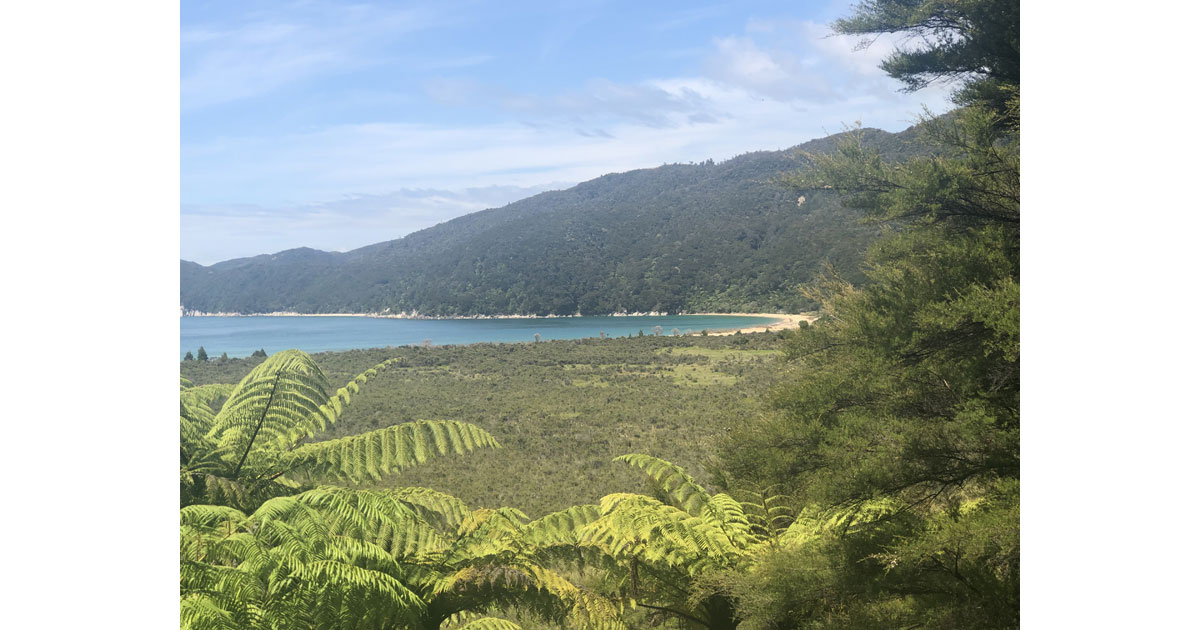

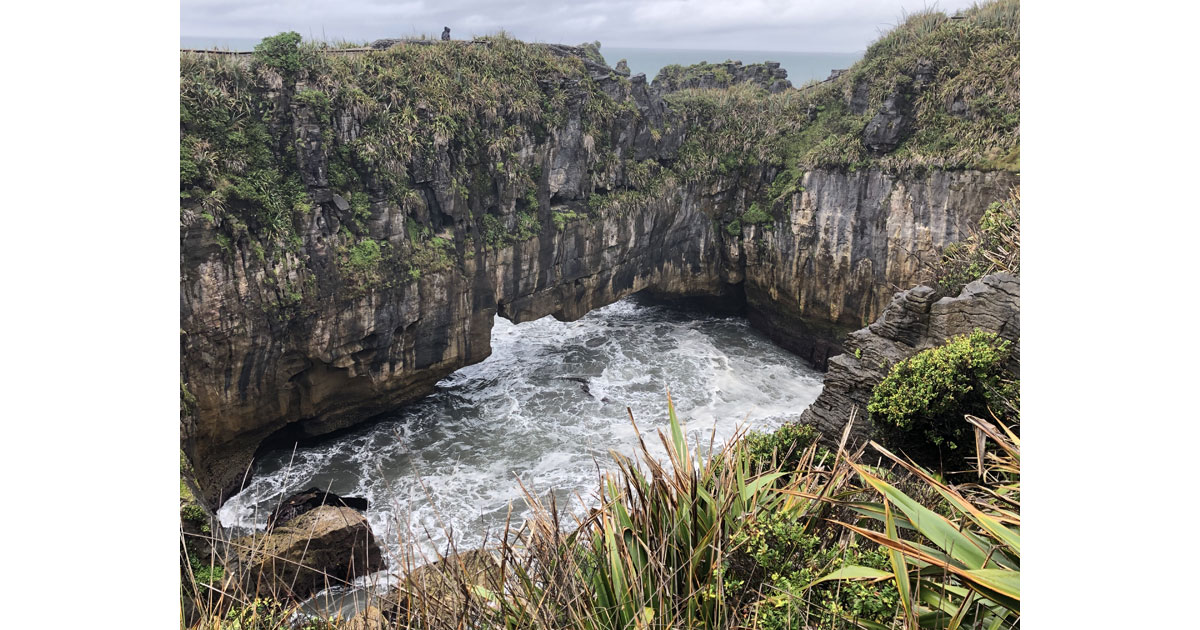
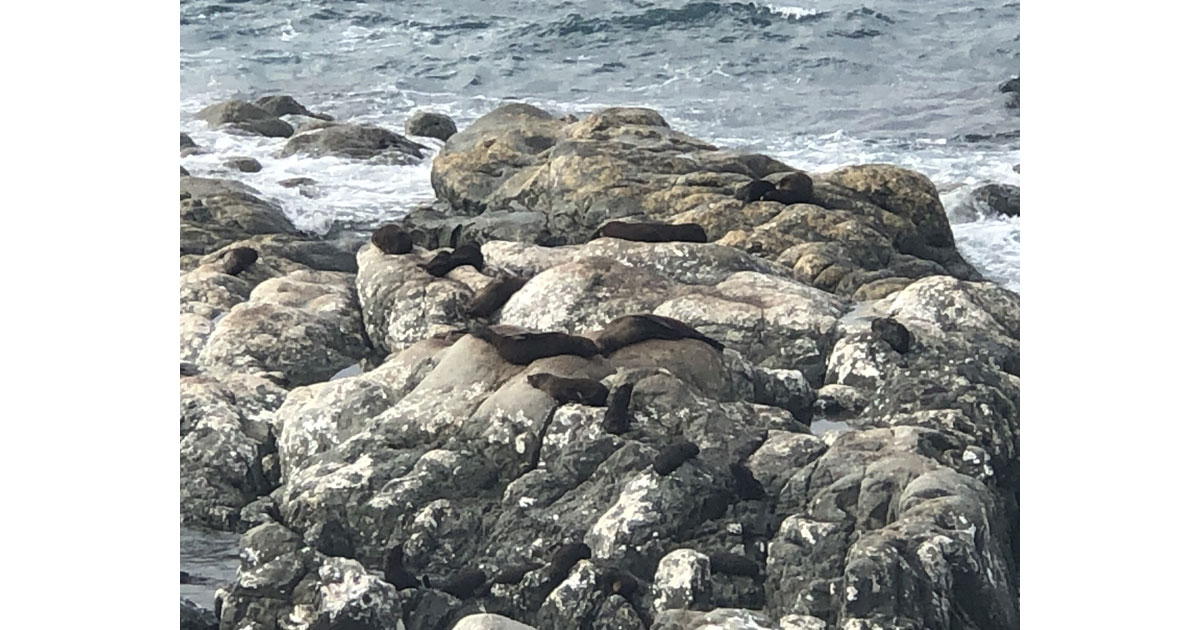
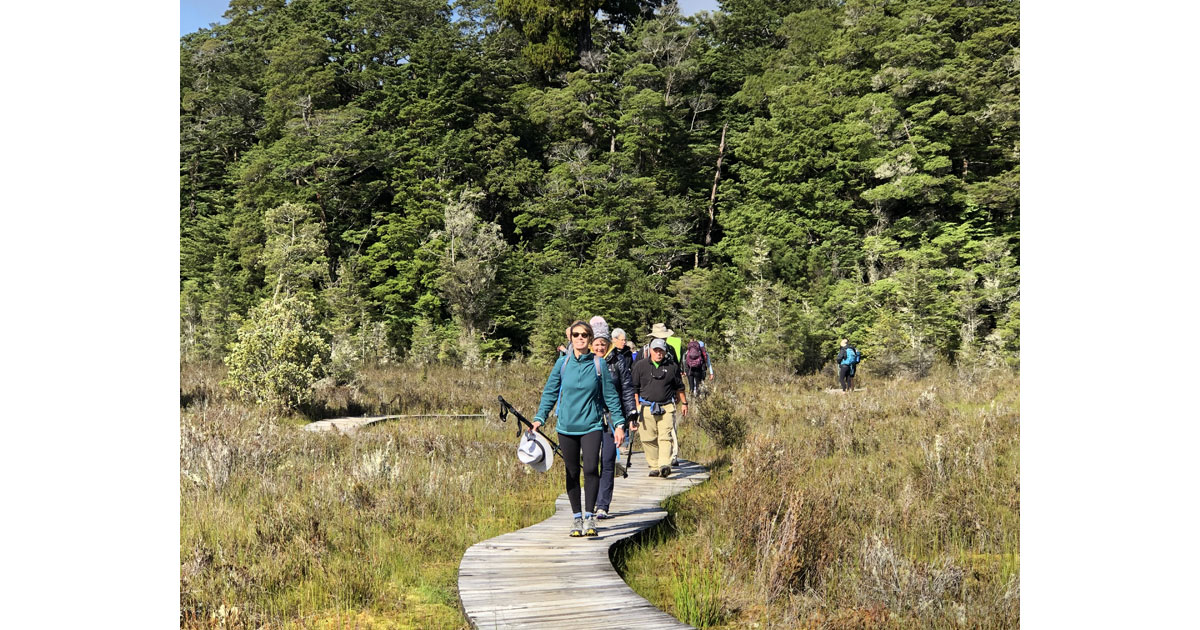
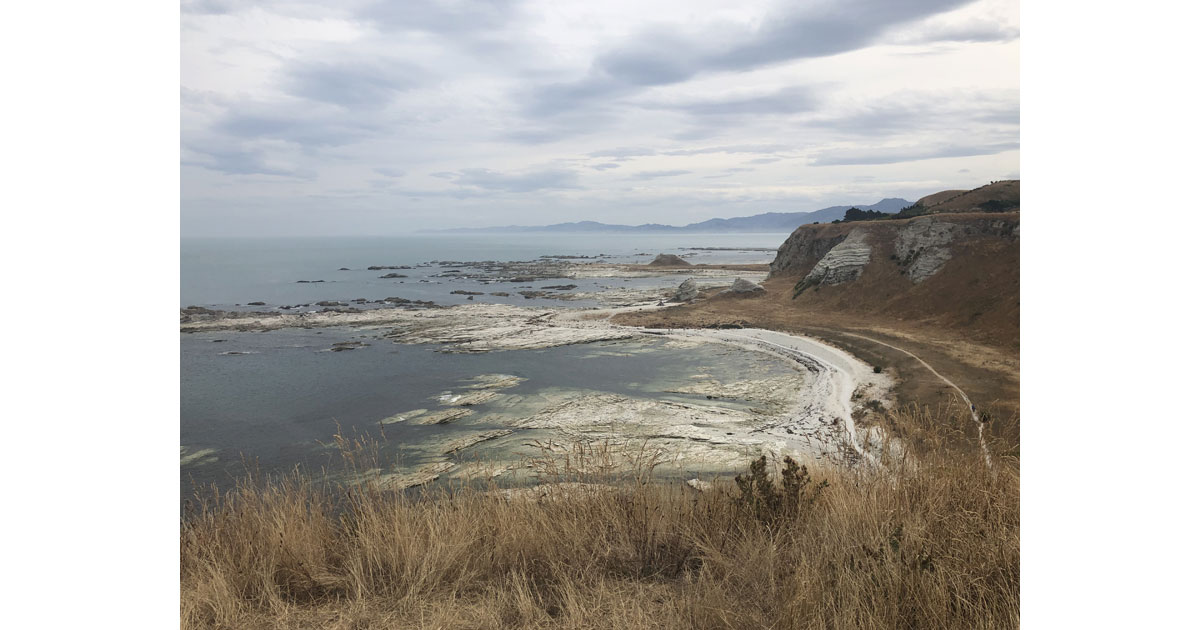
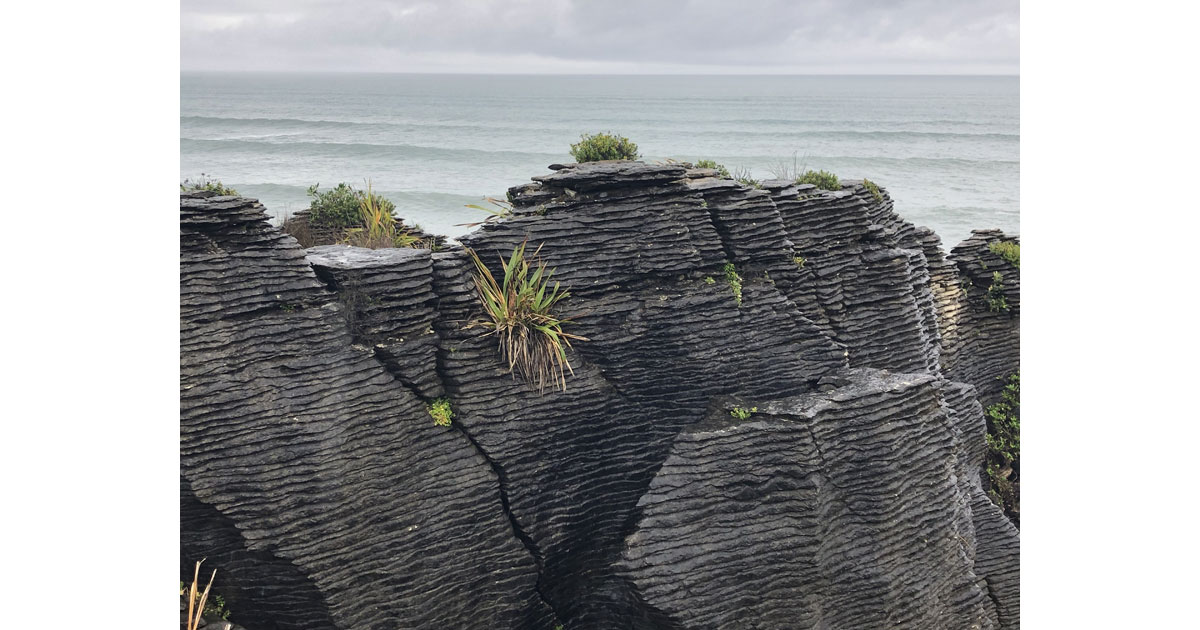

Leave a Comment
You must be logged in to post a comment.